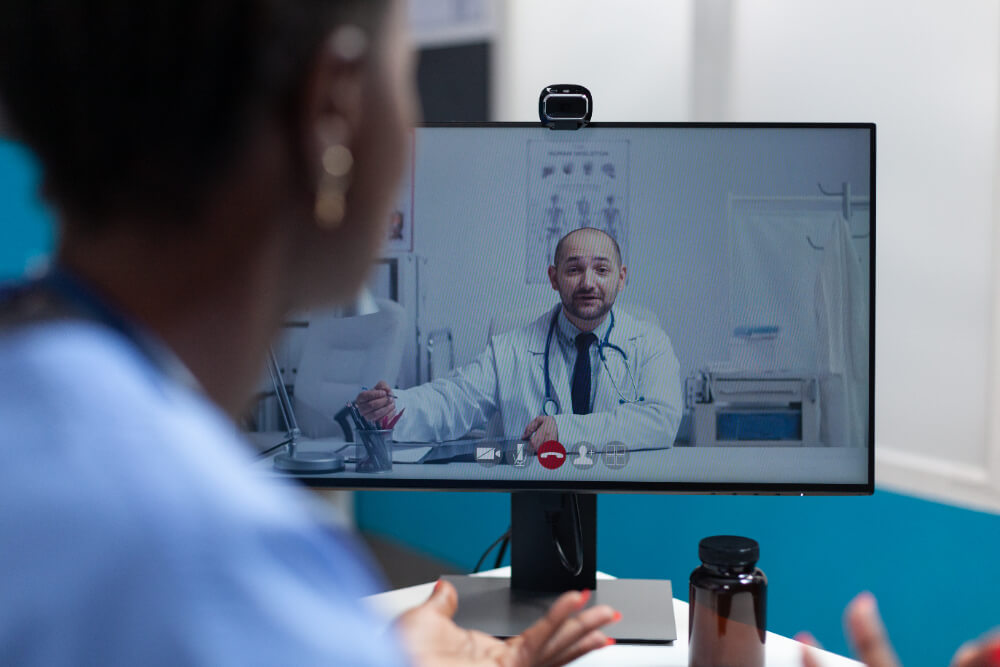Telehealth for Bruises: A Comprehensive Guide to Remote Care
Telehealth has revolutionized the way we receive medical care by offering remote consultations and treatments through virtual platforms. For non-emergency conditions like bruises, telehealth provides a convenient and effective alternative to in-person visits. This article explores how telehealth can assist with bruises, from diagnosis and care to prevention tips.
How Telehealth Addresses Bruises
Bruises, or contusions, are typically caused by trauma that damages blood vessels beneath the skin. While most bruises are minor and heal on their own, some may require medical attention. Telehealth is a valuable tool for:
- Evaluating Severity: Through video consultations, a healthcare provider can assess the size, color, and progression of a bruise to determine if additional tests or treatments are needed.
- Providing Guidance: Patients can receive personalized care instructions, such as icing, elevating the affected area, and over-the-counter remedies.
- Monitoring Recovery: Follow-up virtual visits allow providers to track healing and adjust treatment as necessary.
Benefits of Telehealth for Bruise Care
Telehealth provides numerous advantages for managing bruises:
- Convenience Patients can receive medical advice without leaving their homes, reducing the need for transportation and waiting times.
- Accessibility Telehealth is especially beneficial for individuals in remote areas or those with mobility issues, providing immediate access to medical expertise.
- Cost-Effectiveness Virtual consultations are often more affordable than in-person visits, saving time and resources for both patients and providers.
- Continuity of Care With telehealth, follow-ups are easier to schedule, ensuring consistent monitoring and guidance throughout the recovery process.
The Telehealth Consultation Process
The telehealth consultation process for bruises is straightforward and designed to ensure effective care:
Step 1: Scheduling an Appointment
Patients book a virtual appointment through a telehealth platform, providing details about their symptoms and the injury’s onset.
Step 2: Initial Evaluation
During the consultation, the healthcare provider will ask questions about the bruise’s cause, symptoms, and associated pain levels. They may also request a visual examination using the device’s camera.
Step 3: Diagnosis
Based on the information and visual cues, the provider will diagnose the bruise and determine if further tests (like imaging) are required.
Step 4: Treatment Plan
The provider will recommend a treatment plan, including home remedies, medications, or lifestyle adjustments.
Step 5: Follow-Up
If needed, follow-up consultations are scheduled to monitor recovery and address any complications.
When to Seek Telehealth for a Bruise
While many bruises are minor and heal without intervention, there are times when telehealth can be a valuable option:
When to Consider Telehealth
- The bruise is unusually large or spreading rapidly.
- There is significant pain, swelling, or restricted movement.
- You suspect an underlying fracture or deeper tissue damage.
- The bruise is located near critical areas, like the eye or abdomen.
- Signs of infection, such as warmth, redness, or pus, are present.
When to Avoid Telehealth
Telehealth may not be suitable for life-threatening situations, such as head trauma, severe bleeding, or suspected internal injuries. In such cases, seek emergency care immediately.
Prevention and Management Tips for Bruises
While bruises are often accidental, there are steps you can take to prevent them and manage their impact:
Prevention Tips
- Use Protective Gear: Wear appropriate protective equipment during sports or physical activities.
- Improve Home Safety: Remove hazards that could cause falls, such as clutter or slippery rugs.
- Stay Active: Regular exercise helps improve balance and coordination, reducing the risk of injuries.
- Eat a Balanced Diet: Nutrients like vitamin C, vitamin K, and iron strengthen blood vessels and promote healing.
Management Tips
- Apply Ice: Use an ice pack to reduce swelling and minimize the bruise’s size.
- Elevate the Area: Elevate the bruised limb to decrease blood flow and reduce discoloration.
- Use Pain Relievers: Over-the-counter medications like acetaminophen can alleviate pain but avoid aspirin, as it may worsen bruising.
- Monitor Healing: Keep an eye on the bruise’s progression and seek medical advice if it doesn’t improve.
Conclusion: Telehealth as a Solution for Bruises
Telehealth is transforming healthcare by making it more accessible and efficient. For bruises, it offers a reliable solution for diagnosis, treatment, and follow-up care. By leveraging technology, patients can receive timely advice and support from medical professionals without the need for in-person visits. While telehealth has its limitations, its convenience, cost-effectiveness, and accessibility make it an invaluable tool for managing minor injuries like bruises. Embrace telehealth as a part of your healthcare routine to experience the benefits of modern, patient-centered care.
Schedule an appointment with our clinic’s Telehealth services for bruises treatment (469) 225-0666 Or visit us https://specialtycareclinics.com/locations/ennis/


